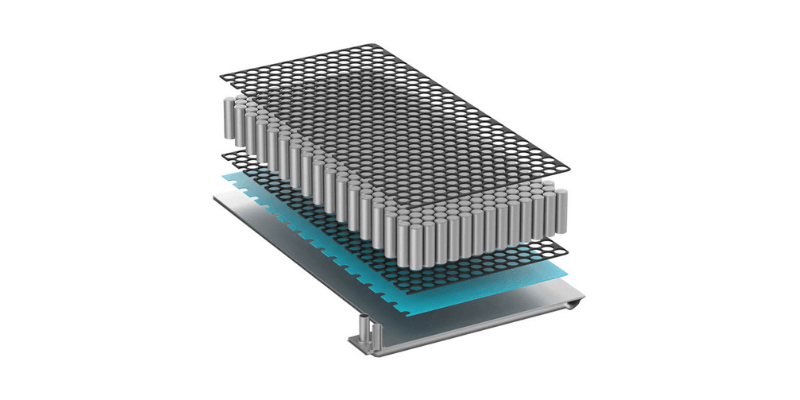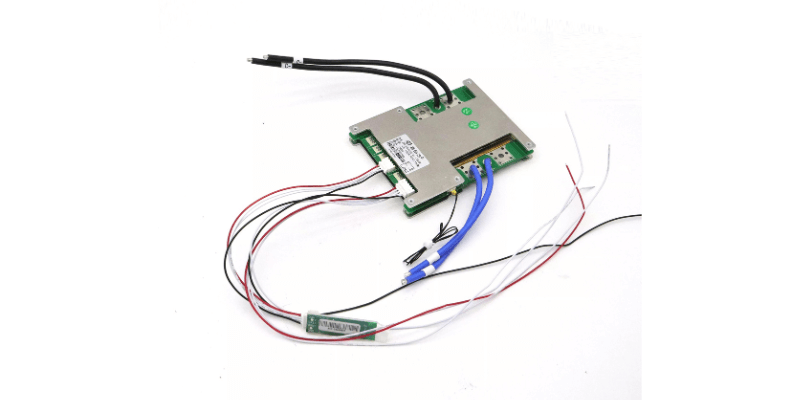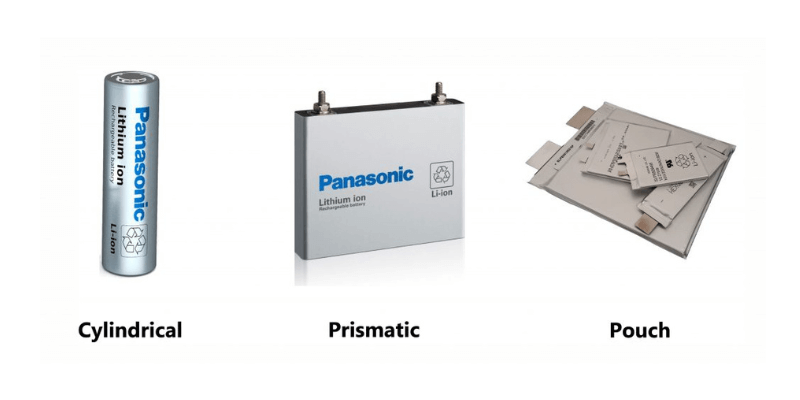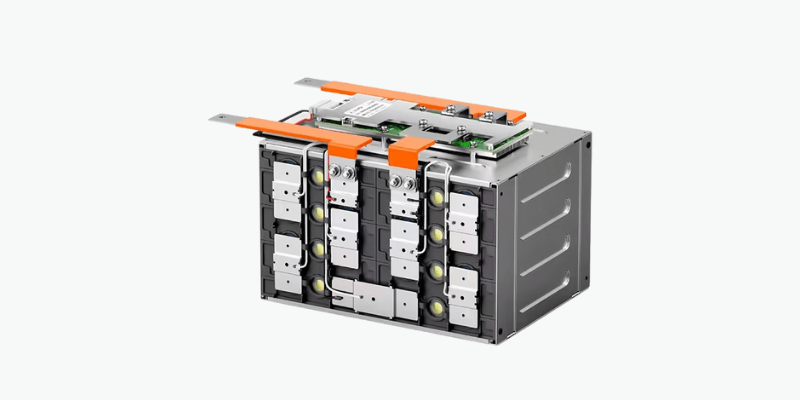Sau khi hoàn thành hơn 6.000 Các dự án pin lithium tùy chỉnh, chúng tôi thấy rằng khách hàng thường có câu hỏi cụ thể. Trong bài viết này, chúng tôi sẽ đi sâu vào các câu hỏi và câu trả lời cần thiết liên quan đến Thiết kế và sản xuất bộ pin lithium-ion.
Các yếu tố chính cần xem xét khi chọn bộ pin lithium-ion tùy chỉnh là gì?
Khi chọn một bộ pin lithium-ion tùy chỉnh, điều cần thiết là phải xem xét một số yếu tố chính.
Trước hết, mật độ năng lượng đóng một vai trò quan trọng, vì khách hàng thường tìm kiếm pin lithium-ion cho các ứng dụng di động, mong muốn công suất năng lượng cao trong thiết kế nhỏ gọn và nhẹ.
Hơn nữa, tỷ lệ xả nên được tính đến. Có hai loại tế bào ion chính – Tế bào năng lượng và các tế bào năng lượng. Các tế bào năng lượng cung cấp mật độ năng lượng cao nhưng việc phân phối dòng điện thấp hơn, dẫn đến thời gian chạy dài hơn, trong khi các tế bào điện cung cấp sản lượng hiện tại cao nhanh với mật độ năng lượng thấp hơn.
Cuộc sống chu kỳ là một khía cạnh quan trọng khác để xem xét. Các tế bào phosphate lithium-ion, mặc dù có khả năng nặng hơn, có thể cung cấp hơn 3.000 chu kỳ, vượt qua 500-600 chu kỳ của các loại khác.
An toàn là tối quan trọng đối với tất cả các pin lithium-ion, với các tế bào phosphate lithium-ion được biết đến với sự mạnh mẽ nâng cao về các tính năng an toàn.
Hơn nữa, khả năng chịu nhiệt độ là một cân nhắc quan trọng. Mặc dù pin lithium trước đây bị giới hạn trong các ứng dụng nhiệt độ cao, nhưng các tiến bộ hiện cho phép sử dụng chúng trong các cài đặt khác nhau với nhiệt độ cao.

How Can Thermal Management Be Integrated Into A Custom Lithium Pack?
A larger enclosure often dissipates heat better, and we sometimes add heat spreaders in packs to manage excess heat.
Tesla’s approach to active cooling sets a high standard in the industry, using liquid circulation around individual cells to maintain uniform temperatures and eliminate thermal gradients. This advanced system ensures internal cells match the temperature of external cells, even enabling preheating on cold days for improved efficiency and longevity.
If budget constraints limit cooling options, leveraging temperature sensors can be a cost-effective solution. These sensors can monitor temperature variations and adjust the device’s operation accordingly, such as throttling the processor or adjusting motor speed to prevent overheating.
Additionally, implementing warning systems within the battery pack can help alert users to potential temperature issues and take preventive measures effectively.

What Less Common Safety Features Should Be Included In A Custom Lithium Battery?
Second-tier and third-tier safety features often go unnoticed, but one important aspect is cân bằng tế bào.
Many people see it as a cycle life feature, similar to evenly filling an ice cube tray to ensure all cells maintain equal levels. This balance extends the pack’s lifespan and prevents individual cells from falling too low or rising too high, which can trigger safety circuits and reduce runtime perception.
Additionally, if safety circuits malfunction, continuous low or high excursions can lead to dendrite growth or issues with separating materials, potentially causing internal shorts. Thus, cell balancing is indeed a safety feature.
Other considerations include encapsulating batteries with effective pressure relief valves. It can help mitigate the risk of overpressure within the battery pack, especially during rapid charging or in case of a malfunction.
Finally, using flame-retardant materials rated for high temperatures ensures that các thành phần don’t ignite during failure situations. These lesser-known safety features play a crucial role in battery performance and reliability.

Do Most End-product Standards Require Batteries To Meet Specific Standards?
Yes, most end-product standards mandate that batteries meet specific safety, performance, and quality criteria to ensure consumer safety and product reliability. Regulatory bodies enforce these standards to mitigate risks like fire hazards, sự thoát nhiệt, and environmental impact.
Key standards include:
- VÀ 38,3: Covers testing requirements for the safe transport of lithium batteries.
- IEC 62133: Specifies safety requirements for lithium ion batteries in portable electronic devices.
- IEC 62619: Focuses on the safety of secondary lithium-ion cells and batteries in industrial applications.
- UL1642 and UL 2054: Safety standards for lithium batteries in household and industrial use.
- CE Marking: Indicates conformity with EU safety standards.
Compliance is necessary to prevent recalls, legal liabilities, and damage to brand reputation; manufacturers must adhere to these standards to deliver safe battery-powered products.
Do You Have Recommendations For Finding Cells Online For In-house Manufacturing? Is It As Simple As Using Google To Find Options That Meet My Requirements?
While Google can be a starting point, here are recommendations for finding reliable cell suppliers:
- Partner with reputable suppliers known for quality battery cells and reliable support.
- Confirm clear specifications, including voltage, capacity, energy density, vòng đời, size, weight, and safety features to narrow your search.
- Ensure compatibility with your system by considering mechanical fit, electrical connections, and charging/discharging protocols to avoid integration issues during manufacturing.
- Choose cells that meet recognized industry standards like UL or IEC for safety and performance; review product datasheets or test reports from the supplier.
- Consult industry experts, engineers, or consultants experienced in sourcing battery cells for manufacturing. They can guide you in selecting the right cells for your specific needs.
- Evaluate shipping logistics regarding options, lead times, costs, and delivery requirements.

How Do You Determine A Product’s Cycle Life?
Generally, determining a battery’s cycle life involves several methods:
- Manufacturer Specifications: Check the manufacturer’s estimated cycle life, which is often based on standardized testing. However, these values typically reflect low steady-state currents.
- Accelerated Aging Tests: Conduct tests in controlled conditions by repeatedly charging and discharging the battery while monitoring performance and capacity decline. This method estimates how many cycles the battery can endure before reaching a specific capacity threshold (e. g., 80% of original capacity).
- Past Data and Experience: Historical data on similar batteries can provide insights into expected cycle life through industry research and case studies, though this method offers rough estimations.
- Battery Chemistry and Design: Different chemistries have varying cycle life characteristics; understanding these along with design factors like electrode materials can give rough estimates of performance.
- Operational Conditions: Factors such as discharge rate, depth of discharge (DOD), charging protocols, and environmental conditions significantly influence cycle life.
While these methods provide rough estimates, actual testing tailored to specific conditions is the most reliable way to determine a battery’s cycle life, particularly for outdoor products subject to temperature extremes.

